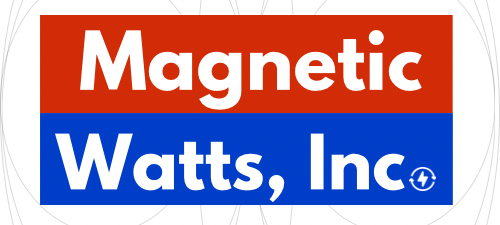The Assumption: More Power Lines = More Energy Security
For decades, the standard solution to energy demand and grid congestion has been building more power lines. Utilities, regulators, and policymakers assume that expanding transmission infrastructure will provide greater grid reliability, more renewable integration, and lower electricity costs.
But the truth is, power lines are not a magic fix for our energy problems. In fact, the relentless push to expand the grid is expensive, slow, and inefficient—and it ignores the real underlying issue: the need for decentralized, local power generation.
The Grid’s Growing Problem: Congestion and Costs
America’s electric grid was built for a different era—one where large, centralized power plants supplied energy to cities and industries through high-voltage transmission lines. But today’s energy demands are different, and grid expansion is failing to keep up.
1. Transmission is the Weakest Link
Power lines act as the highways of electricity, moving energy from generation sources to consumers. But just like traffic congestion on real highways, transmission lines can become bottlenecks—leading to higher costs, slower energy delivery, and even blackouts.
When too much electricity is forced through overloaded transmission corridors, grid operators are forced to curtail energy production or redirect power, leading to wasted generation and higher prices for consumers.
2. Infrastructure Expansion is Too Slow
Even if building more power lines was the answer, the reality is that it takes decades to construct new transmission infrastructure. Regulatory approvals, environmental studies, land acquisition, and construction delays can add years to a single project, and many proposed transmission lines never get built at all.
Meanwhile, energy demand is rising now, and waiting 10 to 20 years for new power lines isn’t a viable solution.
3. Costs Are Spiraling Out of Control
Expanding the grid isn’t just slow—it’s incredibly expensive. The U.S. Department of Energy estimates that building out new transmission infrastructure to support renewable energy will require hundreds of billions of dollars in investment.
Who pays for that? Consumers. Transmission costs are passed down to ratepayers, increasing electricity bills without solving the core problem: the need for reliable, locally available power.
The Real Solution: Local Power Generation
Instead of spending decades and billions on expanding power lines, a smarter approach is to reduce the need for long-distance transmission altogether by generating energy closer to where it’s consumed.
Why Local Generation Makes More Sense
- No Grid Congestion – Power is produced where it’s needed, eliminating transmission bottlenecks.
- Lower Costs – No need for massive infrastructure expansions.
- Faster Deployment – Local energy solutions can be installed in months, not decades.
- More Resilient – Communities are less vulnerable to grid failures and power outages.
This is where OMEGA 167 and magnetic energy come in.
How OMEGA 167 Eliminates the Need for More Power Lines
1. Grid Agnostic Power Generation
Unlike traditional power plants, OMEGA 167 is not dependent on transmission infrastructure. It can be installed on-site at data centers, EV charging stations, and industrial facilities, eliminating the need to transport electricity over long distances.
2. Faster Deployment
Building a new transmission line can take a decade or more, while an OMEGA 167 system can be deployed in months. This allows communities and businesses to get immediate access to clean, reliable power instead of waiting years for grid expansion.
3. Lower Costs for Everyone
With OMEGA 167, businesses and communities can generate their own power on-site, reducing demand on the grid and lowering electricity costs. Instead of passing down billions in transmission costs to consumers, utilities can focus on improving existing infrastructure while new energy solutions are deployed locally.
The Future of Energy: Decentralization, Not More Wires
The idea that we can solve the energy crisis by building more power lines is outdated. Transmission infrastructure will always play a role, but the real solution lies in distributed, local power generation—solutions like OMEGA 167 that can provide reliable, scalable, and grid-independent electricity anywhere it’s needed.
Instead of continuing to overload an aging system, it’s time to rethink energy at its core—by focusing on smarter, localized solutions that eliminate the need for costly, inefficient grid expansion.
